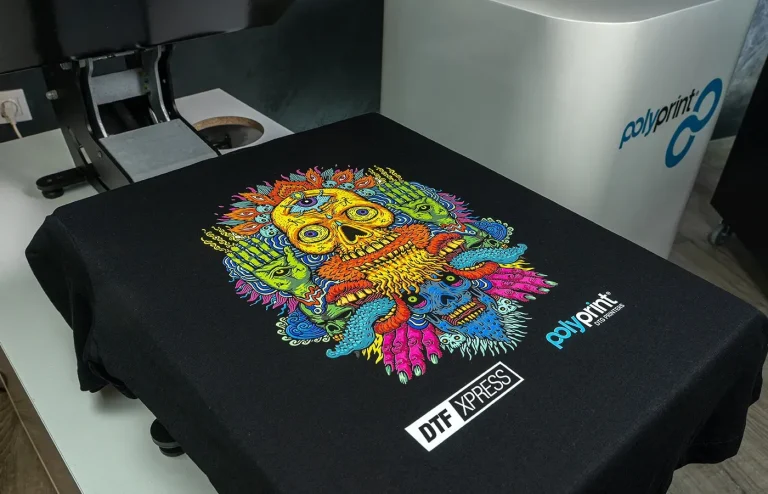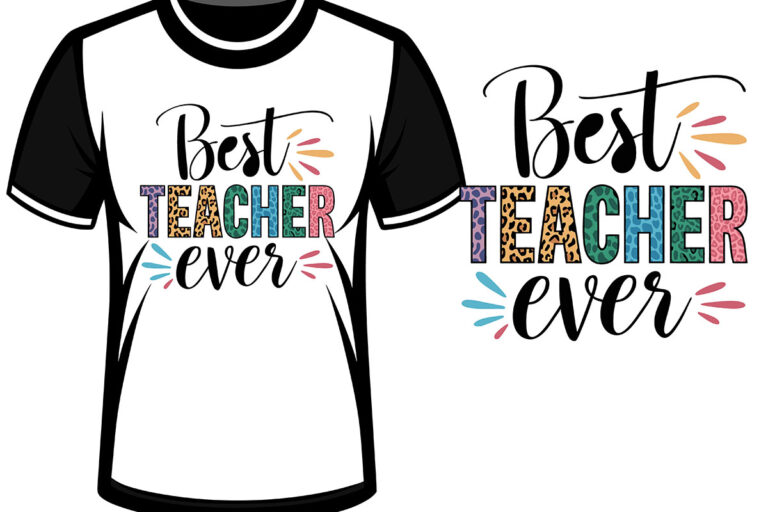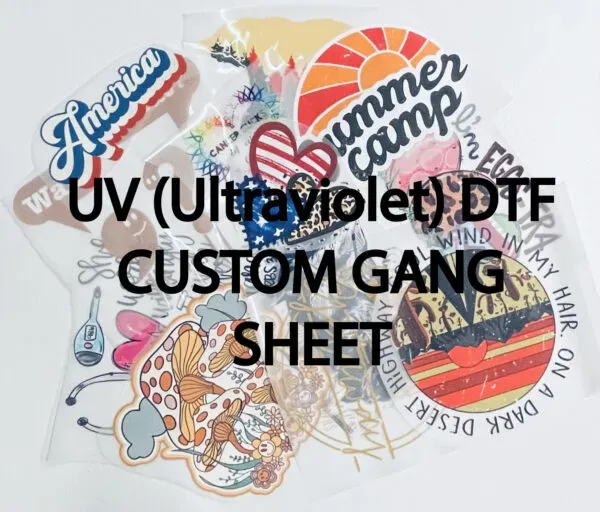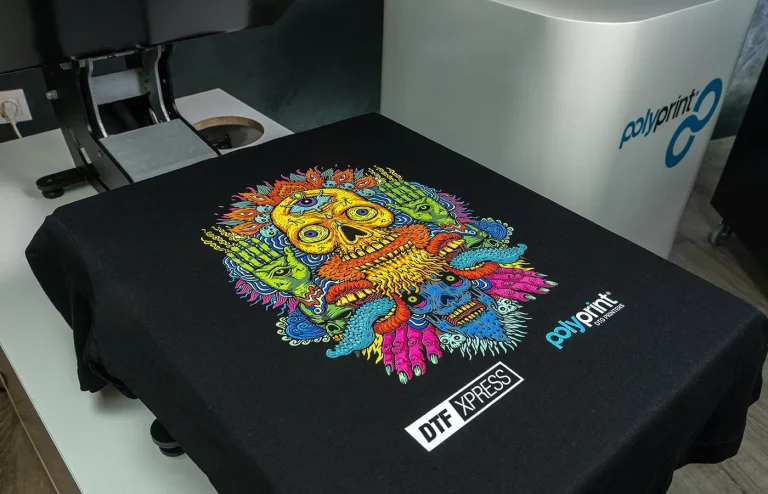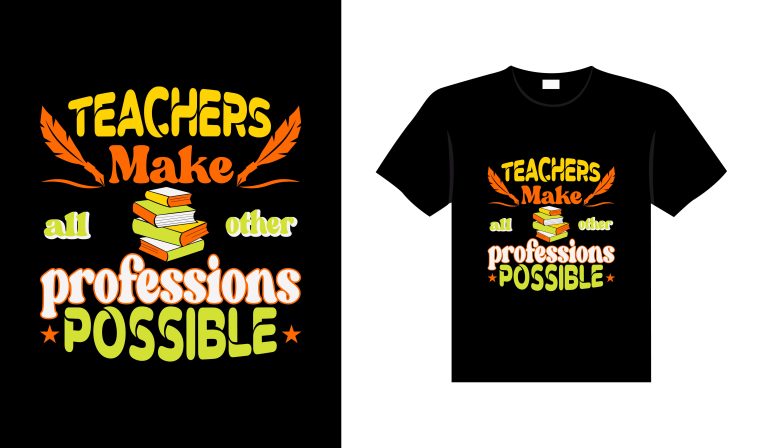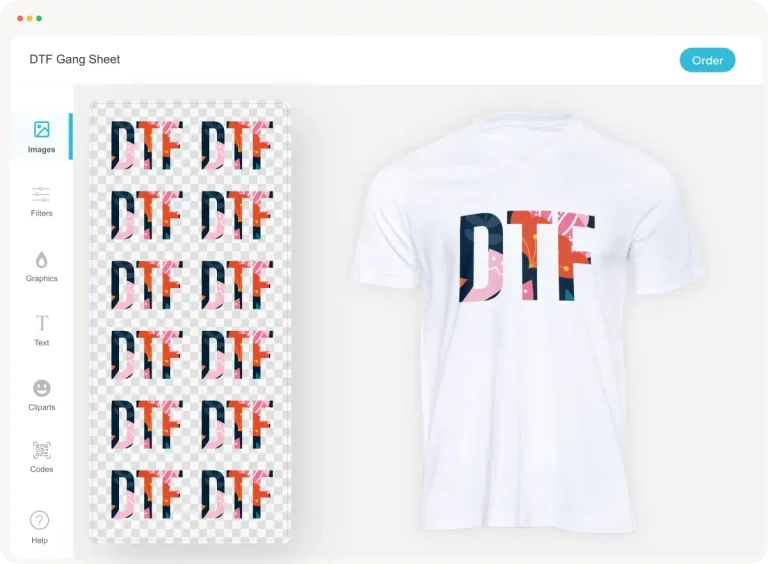DTF Gangsheet Builder vs. Traditional Printing: Key Insights
The DTF Gangsheet Builder is transforming the landscape of apparel printing by offering a powerful solution that combines efficiency and creativity. This innovative tool allows for seamless DTF printing by enabling multiple designs to be printed on a single film sheet, catering to the growing demands of the custom apparel market. Unlike traditional printing methods, such as screen printing and direct-to-garment, DTF Gangsheet Builders drastically reduce setup times and printing costs, making them ideal for businesses looking to optimize their production lines. As DTF printing technology continues to advance, it provides unparalleled versatility across various fabric types while ensuring vibrant colors and long-lasting prints. In this article, we explore how the DTF Gangsheet Builder stands out compared to conventional techniques, and what advantages it brings to the evolving world of textile printing.
The emergence of the DTF Gangsheet Builder marks a significant shift in modern printing technologies, especially for those involved in apparel production. This advanced tool provides a cutting-edge alternative to traditional printing approaches, such as silk screening and direct-to-garment methods, by consolidating multiple graphic designs onto one film sheet. The benefits of using a gangsheet format allow printers to maximize efficiency and reduce material waste, setting a new standard in the printing industry. As businesses increasingly seek out cost-effective solutions to meet custom printing demands, DTF printing, facilitated by the Gangsheet Builder, is resonating strongly in a market that values speed and quality. This article delves into the functionalities of the DTF Gangsheet Builder, highlighting its role in revolutionizing the way printing companies address the challenges of design versatility and scalability.
Comparing DTF Printing and Screen Printing
When comparing DTF printing to screen printing, it’s essential to recognize the fundamental differences in their processes. Screen printing remains one of the most popular traditional methods, involving applications of ink through a stenciled mesh. This method, while effective, can be quite labor-intensive, particularly when multiple colors are involved. Each color layer requires a separate screen and setup, leading to longer production times and increased costs. In contrast, DTF printing allows for a quicker and more straightforward application of complex designs, as multiple colors can be printed simultaneously on a single transfer film.
Furthermore, the flexibility DTF printing offers when it comes to fabric compatibility makes it a powerful alternative. Screen printing is often limited to specific types of material, making it challenging to adapt to varying customer requests. On the other hand, DTF printing can easily transfer vibrant designs onto a wide range of fabrics, from cotton to blends, without sacrificing quality. This versatility opens up new avenues for businesses and allows them to expand their product offerings, tapping into both fashion and promotional markets.
Cost Efficiency in DTF vs. Traditional Printing
When evaluating cost efficiency between DTF printing and traditional methods, businesses often find that the DTF process can significantly reduce overall production costs. Although the investment in DTF technology may initially seem higher, the reduction in labor and setup time when using DTF Gangsheet Builders makes it more profitable in the long run. Since multiple designs can be printed simultaneously on one setup, businesses can fulfill larger orders without incurring additional costs for labor and material wastage, thereby lowering the cost per unit.
In contrast, traditional screen printing can accumulate hidden costs, especially with large orders. Each design requires substantial manual setup, which can drive up labor costs significantly. Moreover, as each color must be separated and managed independently, the potential for misprints increases, leading to waste that further inflates costs. Thus, transitioning to DTF printing not only streamlines production but also enhances profitability, making it an attractive choice for modern printing companies.
Quality Comparison: DTF vs. Direct-to-Garment Printing
In terms of quality, DTF printing has made significant strides in matching and even surpassing traditional methods like direct-to-garment (DTG) printing. While DTG printing is often praised for its ability to produce high-resolution prints directly onto fabric, it can struggle with color vibrancy and durability over multiple washes. Conversely, DTF printing is known for its vibrant colors and strong adhesion qualities, ensuring that prints remain intact and do not fade easily.
Recent advancements in DTF technology have led to improved inks and transfer films that enhance overall print quality. This makes DTF printing a compelling option for businesses seeking durable, high-quality finishes that can withstand the rigors of daily wear. As the technology continues to evolve, it is expected that the gap in quality between DTF and traditional methods will narrow even further, allowing businesses greater freedom in their design choices while ensuring durability in their apparel.
Application Versatility of DTF Printing
One of the most significant advantages of DTF printing lies in its application versatility across various fabric types. Traditional methods such as screen printing often restrict businesses by requiring specific types of materials and color palettes, which can limit product offerings. However, the DTF process adapts effortlessly to a broad range of fabrics—including cotton, polyester, and even blends—making it a fantastic choice for businesses catering to diverse customer segments. This adaptability not only supports catered designs but also allows for bespoke orders that appeal to niche markets.
Furthermore, the ability to use DTF Gangsheet Builders means that multiple designs can be printed in one batch, catering to various promotional or fashion trends with low overhead. Companies can swiftly alter their design offerings based on current demands without needing to invest in complex setups for each unique item. This flexibility is vital in today’s fast-paced fashion industry, where quick turnarounds and unique designs can significantly boost sales.
Emerging Trends in DTF Printing Technology
As the landscape of printing technology continues to evolve, several emerging trends within DTF printing are becoming apparent. One of these trends is the growing accessibility of DTF Gangsheet Builders, allowing even smaller print shops to adopt this technology without significant investment barriers. These tools streamline the printing process and empower businesses to compete directly with larger entities that traditionally dominated the apparel market.
Another important trend is the increasing focus on eco-friendly inks and sustainable printing practices within the DTF community. As consumers become more environmentally conscious, businesses must consider their ecological footprint. DTF printing is evolving to incorporate eco-friendly materials and practices that satisfy consumer preferences while maintaining high print quality. This movement toward sustainability not only benefits the environment but can also enhance a brand’s image, making it more appealing to eco-aware consumers.
Future of DTF Printing in Apparel Industry
The future of DTF printing in the apparel industry looks promising as it continues to gain traction and recognition as a cost-effective and high-quality alternative to traditional methods. Businesses that adopt DTF technology are likely to enjoy increased market opportunities due to the ability to create unique, customized designs with ease. The economic advantages—coupled with enhanced design capabilities—position DTF printing as a leader in the next generation of apparel production.
Additionally, as technology advances, we may witness improvements in print longevity and quality, further solidifying DTF’s position in the industry. With growing awareness and acceptance among consumers and print businesses alike, the shift towards DTF printing not only aids in meeting current demand for personalized apparel but also prepares businesses for future trends in sustainable and efficient production processes.
Frequently Asked Questions
What is a DTF Gangsheet Builder and how does it work?
A DTF Gangsheet Builder is a tool used in DTF printing that allows multiple designs to be printed on a single transfer film. The process involves printing designs on a specially coated film, which is then treated with adhesive powder before being heat-pressed onto garments. This innovation increases efficiency by minimizing waste and reducing setup time compared to traditional printing methods.
How does DTF printing using Gangsheet Builders compare to traditional printing methods?
DTF printing with Gangsheet Builders is more efficient than traditional printing methods like screen printing or direct-to-garment (DTG) printing. It allows for the printing of multiple designs on one sheet, reducing setup time and costs. In contrast, traditional methods typically require longer setup times for each individual print job, resulting in increased production time and costs.
What are the cost advantages of using a DTF Gangsheet Builder over traditional printing?
Using a DTF Gangsheet Builder generally lowers per-unit costs, especially for larger orders, due to reduced setup times and minimized waste. While the initial equipment costs for traditional printing methods can be lower, businesses often incur hidden expenses such as labor and maintenance, making DTF printing a more cost-effective solution in the long run.
Is the quality of prints from DTF Gangsheet Builders comparable to traditional screen printing?
Yes, prints produced by DTF Gangsheet Builders are known for their vibrant colors and durability, often comparable to those from traditional screen printing. While screen printing has historically offered deeper color saturation, advancements in DTF technology are rapidly closing the gap, yielding high-quality prints that withstand washes and maintain their vibrancy.
What types of fabrics can be used with DTF printing and Gangsheet Builders?
DTF printing with Gangsheet Builders is highly versatile and compatible with a wide range of fabrics, including cotton, polyester, and their blends. This adaptability allows businesses to meet various customer needs and handle diverse orders, making DTF printing a favored choice for custom apparel.
How has the advent of DTF Gangsheet Builders changed the apparel printing industry?
The introduction of DTF Gangsheet Builders has revolutionized the apparel printing industry by providing a quicker, more efficient method for producing high-quality designs. As demand for unique printed apparel rises, DTF technology allows for smaller print shops to achieve cost efficiencies without sacrificing quality, making it a strong competitor against traditional printing techniques.
| Aspect | DTF Gangsheet Builder | Traditional Printing |
|---|---|---|
| Process Definition | Uses a special transfer film coated with adhesive powder, allowing adaptation for various fabrics without color limitations. | Involves methods like screen printing or DTG which require separate setups for each color, limiting design flexibility. |
| Efficiency | Allows printing multiple designs on a single sheet, reducing setup time by up to 50%. | Requires longer setup times for each individual job, increasing production times and costs. |
| Cost Analysis | Lower per-unit costs for large batch orders, quicker return on investment due to reduced labor and setup costs. | Higher hidden costs due to multiple setups and maintenance, which can make larger orders expensive over time. |
| Quality | Known for vibrant colors and durability, with debates on longevity compared to traditional methods. | Offers deep colors and durable prints, historically considered superior but challenged by recent DTF advances. |
| Application Versatility | Compatible with a wide range of fabrics like cotton and polyester, allowing for diverse customer needs. | Limited to specific fabrics and colors, constraining overall application potential. |
| Recent Developments | Rapidly gaining popularity among small print shops for efficient operations and quality prints. | Still favored but increasingly challenged by the advantages of DTF technology. |
Summary
DTF Gangsheet Builder is revolutionizing the printing industry with its innovative techniques that enhance productivity and reduce costs. By enabling multiple designs to be printed on a single film, DTF Gangsheet Builders significantly streamline the printing process, making them a compelling alternative to traditional printing methods like screen printing and direct-to-garment printing. The versatility of DTF printing caters to a variety of fabrics and design needs, thereby opening new opportunities for businesses in the competitive apparel market. As the demand for unique and high-quality printed materials continues to rise, investing in DTF Gangsheet Builders could provide a strategic advantage, placing companies ahead of the curve in meeting consumer expectations and trends.


